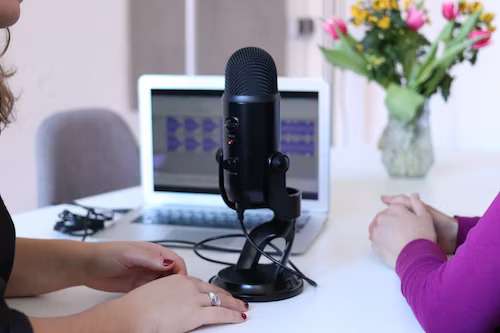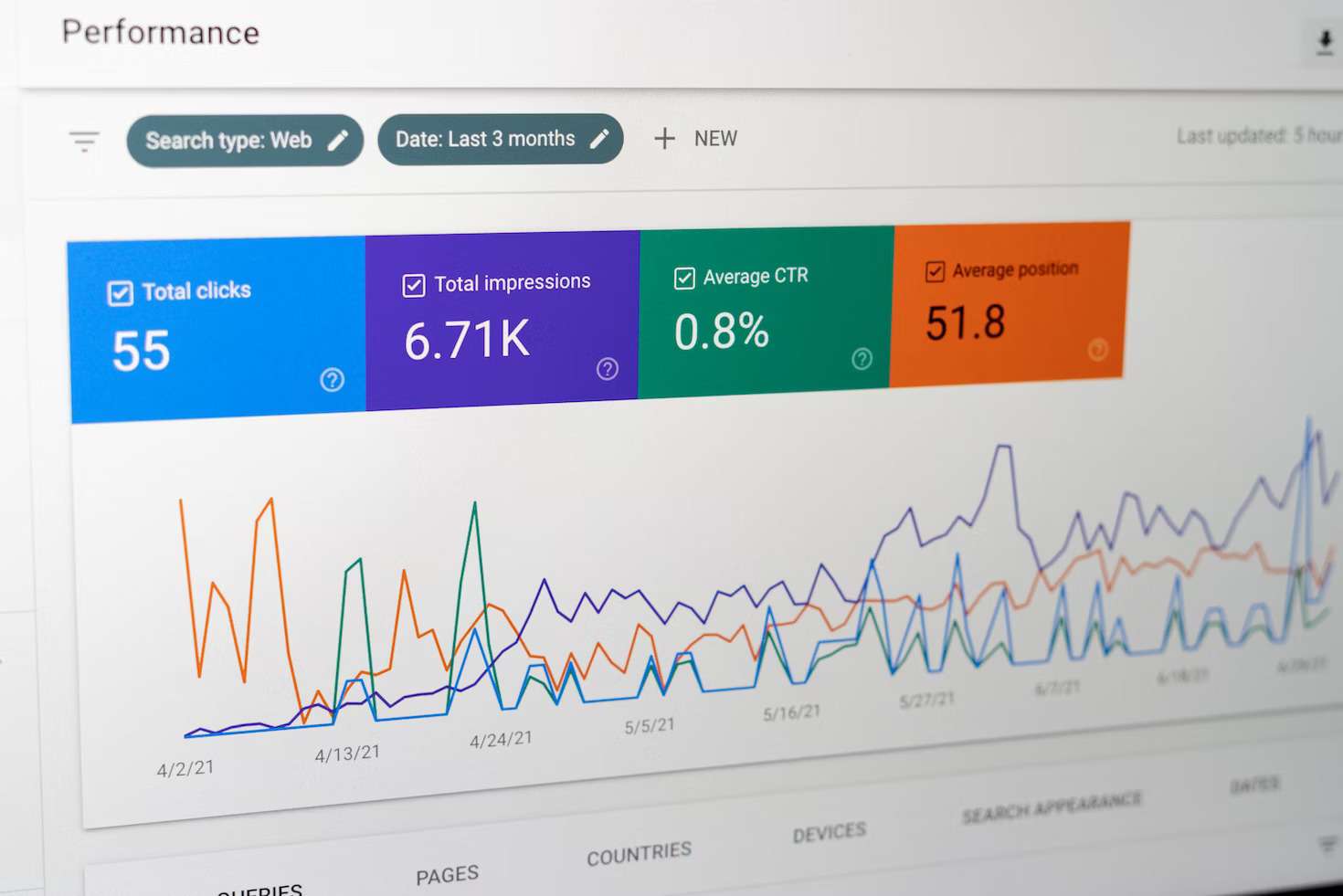Podcasting has become a cultural phenomenon and Spotify stands at the forefront of this audio revolution. It is one of the most popular and influential platforms for podcasting, with over 2.6 million podcasts and 8 billion streams in 2020. With these millions of listeners tuning in daily, Spotify Podcasts Charts have become a coveted space for podcast creators. These charts are a way to discover and explore the most popular and trending podcasts on Spotify, as well as to showcase your podcast to millions of listeners around the world. But how do you get on Spotify Podcast Charts, and what are the benefits of doing so?
In this comprehensive 2023 guide, we'll delve into the intricacies of Spotify Podcast Charts, explore strategies to climb the ranks, and introduce a powerful tool to enhance your podcasting experience.
In this article
Part 1: What is a Spotify Podcast Chart?
Spotify Podcast Charts are dynamic, real-time rankings of the most popular podcasts on the platform. These are a feature that Spotify launched in July 2020 to provide podcast listeners and creators with more visibility and transparency into what podcasts are resonating with the Spotify community.These podcast charts Spotify are essential for both creators and listeners, as they provide a quick snapshot of the trending podcasts across various genres and categories.
Spotify uses a combination of factors to rank podcasts, including the number of listens, subscribers, and user engagement. Achieving a high position on these charts can dramatically increase your podcast's discoverability, as it often leads to featured placements and recommendations to users who share similar interests.
Spotify Podcast Charts worldwide are available on the Spotify app and on the web in an all-new, easy-to-use browseable experience across 26 markets and 15 languages. To find podcast charts on the Spotify app, go to Search, select Podcasts, and select Podcast Charts. You can also get the latest Spotify Podcast charts US at podcastcharts.byspotify.com.
Spotify Podcast Charts show the following types of rankings:
- Top Podcasts: The top 200 podcasts in each country, determined by recent unique listeners and overall follower counts.
- Trending Podcasts: The top 200 episodes gaining popularity in each country, determined by recent listening changes (such as growth and audience size).
- Top Podcasts by Category: The top 50 podcasts filtered by podcast category, such as Comedy, News, Sports, etc.
Getting on Spotify Podcast Charts can have many benefits for your podcast, such as:
- Increasing your exposure and discoverability to new and existing listeners.
- Boosting your credibility and authority in your niche or industry.
- Attracting more sponsors and advertisers who want to reach your audience.
- Enhancing your podcast performance and analytics data.
Part 2: How to Achieve a Spot on Spotify Podcast Charts?
There is no definitive formula or tool to get on Spotify charts podcast, as they are based on the popularity and engagement of your podcast among Spotify listeners. However, there are some tips and strategies that you can use to increase your chances of getting on the charts, which are listed below in detail.
1. Improve Your Podcast Quality and Content
Make sure your audio is clear, your editing is smooth, your topics are relevant and interesting, and your episodes are consistent and well-structured. Quality and content are two aspects of podcasting that affect your listeners’ experience. Quality refers to the technical aspects of your audio production, such as sound clarity, volume, editing, and mixing. Content refers to the creative aspects of your podcast, such as topic, structure, style, and storytelling.
To improve your quality, you need to invest in some equipment and software that can help you record, edit, and enhance your audio. You should also record in a quiet and soundproof environment, and edit your audio to remove any mistakes or noises. You can also use some effects or plugins to improve the sound quality.
To improve your content, you need to plan and prepare your episodes ahead of time, choosing topics that are relevant and interesting for your audience and niche. You should also structure your episodes in a logical and engaging way, using stories, examples, facts, or statistics to support your points and connect with your listeners. You should also use a conversational and authentic tone of voice, and avoid jargon or technical terms. You should also vary your content format and style, such as using interviews, solo episodes, co-hosts, or guest speakers.

2. Promote Your Podcast on Social Media and Other Platforms
You should use various online channels to share your podcast with your existing and potential audience, and encourage them to follow, rate, review, and share your podcast with their friends and networks. One of the ways is to create a website or landing page for your podcast, where you can showcase your episodes, show notes, links, and contact information. You can also use a platform to embed your podcast episodes on your website and track their performance. There are several such platforms that can help you embed your podcast.
Another way is to use social media platforms such as Facebook, Twitter, Instagram, YouTube, etc., to share your podcast with your audience. You can create posts dedicated to each new episode, or use features like stories, reels, live streams, or podcasts to engage your audience. Also, you can create podcast clips or trailers from your podcast episodes and share them on social media. You can use tools to create short video or audio clips that highlight a juicy nugget of insight from the latest episode. This can help you attract new listeners and generate word-of-mouth promotion.
Lastly, use email marketing to communicate with your subscribers and fans. You can send newsletters or updates about your podcast episodes, or offer exclusive content or incentives for your loyal listeners. You can also use email marketing tools to automate your email campaigns and segment your audience.

3. Collaborate with Other Podcasters and Influencers
Collaborating with other podcasters and influencers is a podcast marketing strategy that can help you grow your audience, increase your exposure, and create valuable content. One of the most common ways to collaborate is to call invite guest on each other’s shows. This is an effective way to collaborate with other podcasters. You can share your expertise, insights, and stories with a new audience, and vice versa. You can also cross-promote your shows and encourage your listeners to check out each other’s podcasts.
Another best way is to co-host a special episode or series in collaboration with other podcasters. You can co-host a single episode or a series of episodes on a specific topic or theme. This can add some variety and excitement to your show, as well as showcase your chemistry and rapport with another podcaster. You can also leverage each other’s strengths and knowledge to create a richer and more well-rounded show.
You can also create a podcast network or community. Such network or community is a group of podcasters who share a common niche, audience, or goal. They collaborate on various aspects of podcasting, such as production, distribution, promotion, and monetization. They also support and help each other grow their shows and reach new listeners. A podcast network or community can give you access to more resources, opportunities, and connections in the podcasting industry.
You can also partner with influencers in your niche, they are people who have a large and loyal following on social media, blogs, YouTube, or other platforms. They can help you reach a wider and more engaged audience by endorsing, recommending, or featuring your podcast on their channels. You can also invite them to be guests on your show, or offer them exclusive content or perks for their followers. To collaborate with influencers, you need to find ones who have a similar target audience and content to yours, and offer them value in exchange for their promotion.

4. Optimize Your Podcast Metadata
It is a practice of strategically enhancing the information associated with your podcast to make it more discoverable and appealing to potential listeners. Metadata is essentially the data about your podcast that helps search engines and platforms like Spotify understand what your content is about. You must ensure that your podcast title and description are not only compelling but also contain relevant keywords that potential listeners might use when searching for podcasts in your niche.
Start with a clear, descriptive podcast title and episode titles that use relevant keywords. Craft engaging episode descriptions and provide accurate categorization and tags to ensure your podcast appears in the right places on platforms like Spotify. Invest in eye-catching cover art that represents your content effectively. Including episode transcripts and detailed show notes can improve accessibility and SEO. Consistency in metadata across all episodes and platforms helps build a recognizable brand. By following these optimization strategies, you can enhance your podcast's visibility and attract a larger audience, increasing your chances of charting on platforms like Spotify.

Part 3: Bonus Tip: A Useful Tool for the Podcast Users
KwiCut is a versatile online audio editing tool that caters to users looking to take their podcast experience to the next level. Whether it's creating custom ringtones, adding sound effects, or exploring various audio enhancements, KwiCut offers a user-friendly solution.

Compatibility
KwiCut is accessible through any web browser on various devices, including Windows, Mac, Linux, Android, and iOS. Users don't need to download or install any software; simply access it online and upload your audio file or input the audio source URL.
Key Features
- Convert audio files to text or text to audio. It is useful for creating subtitles, captions, transcripts, or scripts for podcasts. It also supports different languages and dialects.
- Replicates voices, including your own, to generate new audio content. Ideal for voiceovers, dubbing, impersonations, or parodies. It customizes voice parameters like pitch, speed, and emotion.
- Convert any text to speech using natural and realistic voices. Great for creating narrations, announcements, introductions, or summaries. Choose from different languages and accents.
- Trim audio files into segments and remove unwanted parts. Useful for editing and refining podcast episodes. Merge multiple audio files seamlessly.
- Change audio formats (e.g., MP3, WAV, OGG) to suit your needs. Adjust output quality and file size as necessary.
- Add various effects and filters to audio files, such as fade in, fade out, echo, reverb, etc. Enhance, modify, or transform podcast content. Adjust volume, speed, pitch, and other parameters.
Functions
- Convert audio to text, create subtitles, edit text, and sync with audio. Choose from various languages and dialects.
- Clone voices, customize parameters and create voiceovers, dubbing, impersonations, or parodies.
- Convert text to speech using natural voices, select languages, and accents.
- Trim, split, or crop audio files, and merge multiple files into one.
- Change audio formats and adjust quality and size.
- Add effects, filters, and adjust volume, speed, pitch, and other parameters to audio files.








